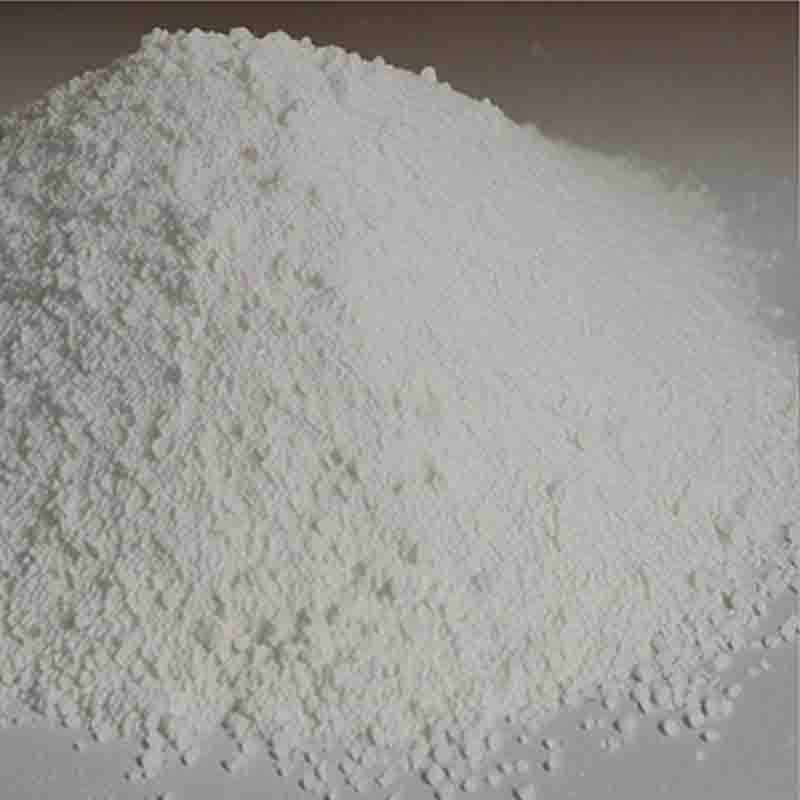2,2-Dimethyl-1,3-dioxane-4,6-dione CAS:2033-24-1
| Catalog Number | XD95598 |
| Product Name | 2,2-Dimethyl-1,3-dioxane-4,6-dione |
| CAS | 2033-24-1 |
| Molecular Formula | C6H8O4 |
| Molecular Weight | 144.13 |
| Storage Details | Ambient |
Product Specification
| Appearance | White powder |
| Assay | 99% min |
2,2-Dimethyl-1,3-dioxane-4,6-dione, also known as dimedone, is a highly versatile chemical compound that plays a crucial role in various fields, including organic synthesis, coordination chemistry, and materials science. Its unique molecular structure and reactivity give rise to several key effects that make it a valuable compound.One of the primary effects of dimedone is its ability to undergo a range of reactions, including nucleophilic addition, condensation, and oxidation reactions. The presence of two reactive carbonyl groups (C=O) in the molecule makes it a useful building block for the synthesis of complex organic compounds. For example, dimedone can be combined with amines or hydrazines to form pyrazolines and pyrazoles, respectively. These heterocyclic compounds have applications in the synthesis of pharmaceuticals, agrochemicals, and dyes. Additionally, dimedone can undergo a condensation reaction with aldehydes or ketones, leading to the formation of cyclic compounds known as diketones. Diketones are instrumental in the synthesis of various organic compounds, including natural products, polymers, and ligands for transition metal catalysts.Another important effect of dimedone is its ability to act as a complexing agent for metal ions. The carbonyl groups in dimedone can coordinate with transition metal ions, forming stable complexes. This property has significant implications in coordination chemistry and catalysis. For instance, dimedone can form complexes with metal ions such as copper, nickel, and palladium, which can then be employed as catalysts in various reactions, including C-C coupling reactions and oxidation reactions. Furthermore, the coordination of dimedone with metal ions can be utilized in the design of metal-organic frameworks (MOFs) and coordination polymers, which find applications in gas storage, separations, and catalysis.Additionally, dimedone exhibits fluorescence properties, which further amplify its applications. When excited by light of a certain wavelength, dimedone emits light of a longer wavelength. This fluorescence behavior makes dimedone useful as a fluorescent probe in biological imaging and sensing applications. By modifying the chemical structure of dimedone, its fluorescence properties can be fine-tuned to meet specific requirements, enabling the development of highly sensitive and selective sensors for various analytes.In conclusion, 2,2-Dimethyl-1,3-dioxane-4,6-dione (dimedone) is a versatile compound with multiple effects that make it valuable in various scientific disciplines. Its reactivity, ability to form complexes with metal ions, and fluorescence properties contribute to its diverse applications. Dimedone serves as a building block for the synthesis of complex organic compounds, a complexing agent in coordination chemistry and catalysis, and a fluorescent probe in biological imaging and sensing. These effects highlight the significance of dimedone as a versatile and valuable compound in scientific research and technological advancement.








![6,6-Dimethyl-3-oxabicyclo[3.1.0]hexane-2,4-dione CAS: 67911-21-1](https://cdn.globalso.com/xdbiochems/白色粉末21391.jpg)
